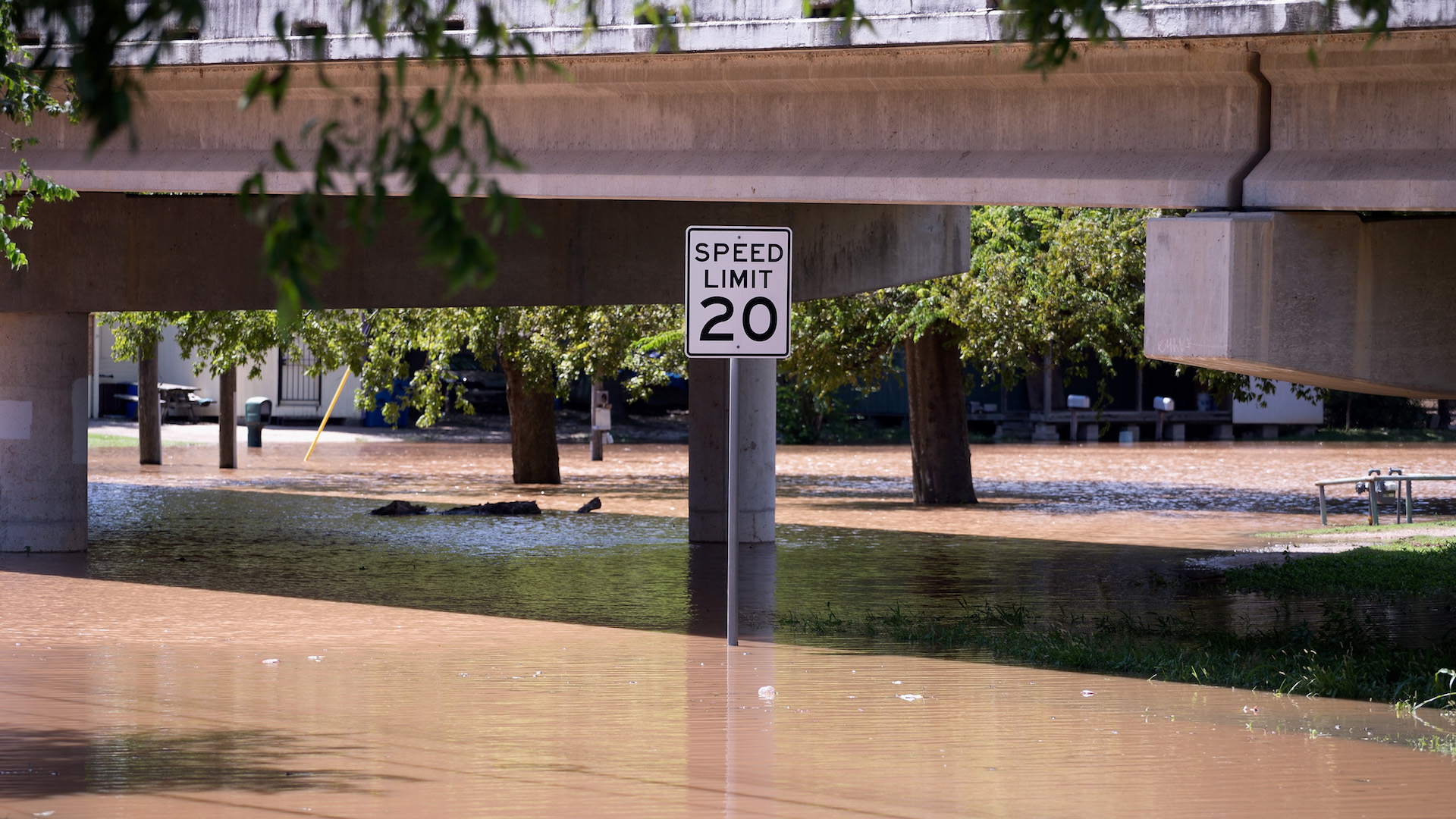

When we reported on the Federal Aviation Administration (FAA) telling recreational drone users to keep their vehicles grounded during the disastrous consequences of Hurricane Harvey last Saturday, we urged anyone in the vicinity to comply. In an emergency situation as perilous as this, it’s important not to interfere with those in charge of rescue operations. It can be very dangerous to impose one’s own idea of how to handle a disaster response, as conflicting solutions can often create further problems. However, at this point, it seems quite clear that the use of unmanned aerial vehicles (UAVs) are a significantly beneficial method of aiding rescue operations and making emergency relief far more efficient.
Of course, it’s been clear for a long time now that drones can help save lives, whether by increasing visibility of an impact zone, using a drone to transport life-saving medicine or tools to areas unreachable via ground transportation, or simply monitoring the rapid changes of the elements down below. This is something the FAA learned quite quickly, as they began issuing more and more authorizations for drone use in the affected areas. According to the Wall Street Journal, these ranged from monitoring water plants, oil refineries, power lines, and other critical infrastructures that would be unreachable without aerial vehicles.
Reportedly, the steep increase in drone authorizations went from 70 on Friday to 100 by Sunday. These were all operated under authorization of local, state, or federal agencies, and pushed through within several hours – which isn’t usually the case for safety regulators and flight authorizations. Many proponents of drone use in emergency situations such as Brian Wynne, president of the Association for Unmanned Vehicle Systems Internal, aren’t surprised by their efficacy and seemingly obvious advantages. “They’re being used in a lot of different ways we’ve been talking about for a long time,” he told the Wall Street Journal, adding that “it’s in everybody’s best interest that they get up and running.”
According to DroneLife, Mike Winn, CEO of DroneDeploy – a data analytics company – has three basic arguments for standardizing emergency use of drones in the future. Firstly, drones can be six times faster at locating people in need than rescuers on the ground. Secondly, Drones can safely and efficiently deliver supplies or tools to people in perilous locations. Lastly, the property damage in affected areas can be aerially surveyed, allowing insurance adjusters to make rapid assessments.
It’ll be interesting to see how Hurricane Harvey and the FAA’s subsequent authorizations of drone operations will affect regulations in emergency situations. Clearly, they can be a huge boost in combatting the elements and saving lives. Let’s hope that anything and everything that can save people’s lives is standardized safely and rationally. Stay tuned for more.